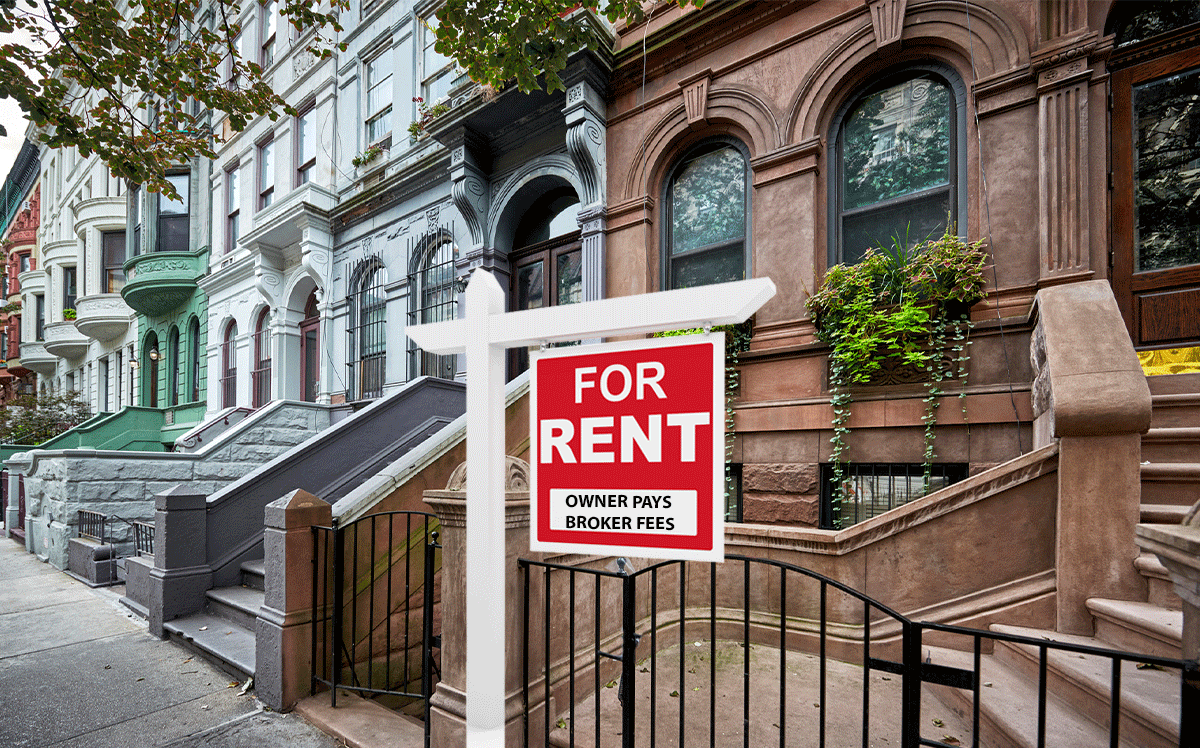Trending
Rental concessions are on the decline, but the size of incentives is growing
Douglas Elliman’s monthly market report saw drop in Manhattan luxury, new development rental prices

New York City’s rental market emerged strong from a month in which it was briefly turned on its head by state regulators.
Rents are up and the number of new leases — often seen as indicator of renewal rates — fell across Manhattan, Brooklyn and northwest Queens, according to Douglas Elliman’s monthly market report authored by real estate appraiser Jonathan Miller.
Both Miller and the Corcoran Group’s Gary Malin, who formerly led Citi Habitats before the firms merged last month, agreed that the ban on tenants paying broker fees had no impact on February’s market data.
“That thing came and went so fast,” said Malin. “Whatever impact existed was so minor and so short lived that it really wouldn’t move the needle.”
Manhattan median rental prices rose to $3,500 last month, a 2.9 percent year-over-year increase, while the number of new leases signed dropped over 10 percent to 3,089. The share of new leases where tenants were offered concessions such as free rent or owner-pays broker fees was 36.7 percent, compared to close to 42 percent in February 2019.
In Brooklyn, median rental prices soared to a record high of $3,100. That’s a 7.1 percent increase year over year. But new leases plunged 25 percent to 788 deals, compared to 1,050 a year earlier. Leases with concessions accounted for close to 29 percent of deals, down from 45 percent last February.
Finally, in northwest Queens, median rental price dialed up 3.6 percent to $2,900. New leases saw a 20 percent year-over-year fall to 223 deals, compared to 280 a year ago.
But the borough bucked the city-wide trend when it came to concessions. The market share of transactions with owner-pays broker fees or free rent was 60.5 percent, up from 49.3 percent last year. That’s the highest share in more than four years, according to Miller.
In fact, the size of concessions continued to grow across the board, despite a decline in landlords’ use of sweeteners in Manhattan and Brooklyn. Free rent offered in Manhattan jumped 25 percent to 1.5 months; in Brooklyn it rose 14 percent to 1.6 months; and in Queens free rent rose nearly 36 percent to almost two months.
“It’s somewhat of a paradox,” said Miller. “Why are concessions so high if the market is tight?”
He attributed it to landlords setting “face rent,” the rental prices without concessions factored, in order to “show optimism or higher numbers, which then presumably helps with raising money, financing [or selling the building].”
Malin said it indicated “rents are out of market,” but he attributed that by in large to the “unintended consequences” of the state’s new rent laws. He claimed that some landlords are increasing rents for stabilized units up to the maximum legal rent they can charge instead of offering preferential rents, and then offering tenants concessions.
“The tenant is paying the same,” he said. “It’s just done differently.”
Notably, Miller’s report also saw Manhattan’s rents in luxury and new development buildings decline. New development median rental prices fell for the first time in 10 months, dropping 12.8 percent to $4,477. Manhattan’s luxury median rent also dropped annually for the first time in 11 months.
Miller said he initially saw it as a possible sign that the anecdotal “buzz” around an uptick in sales throughout the first quarter of 2020 could be real, with more renters perhaps finally opting to buy. But he quickly noted that with the stock market see-sawing and coronavirus spreading, “now all bets are off.”
Write to Erin Hudson at ekh@therealdeal.com




